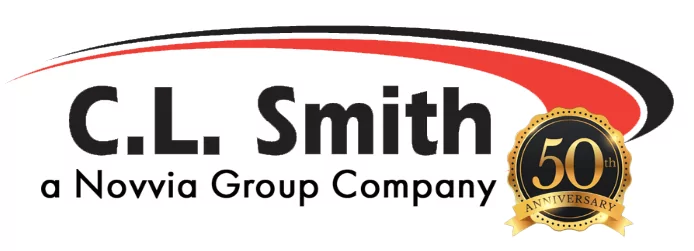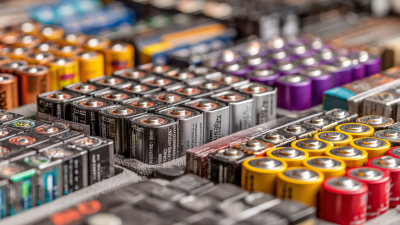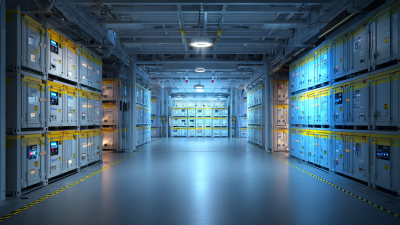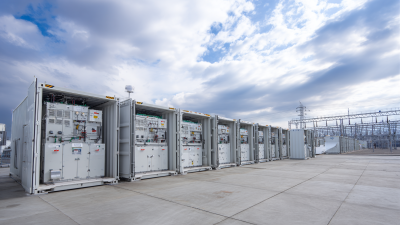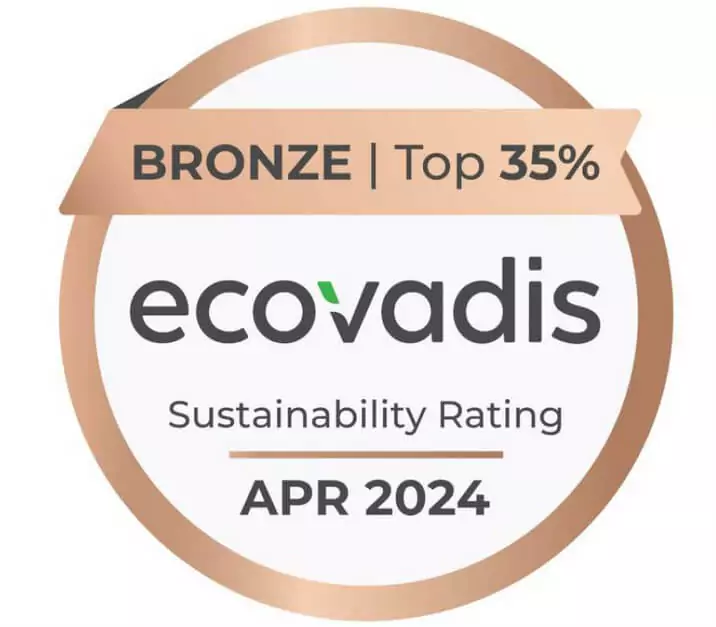Exploring Market Trends for Large Lithium Ion Batteries at the 138th Canton Fair 2025
As the global demand for energy storage solutions continues to surge, the market for large lithium ion batteries has emerged as a pivotal sector within the renewable energy landscape. The 138th Canton Fair in 2025 serves as a significant platform for industry stakeholders to explore burgeoning trends and innovations in this field. According to recent market research reports, the global large lithium ion battery market is projected to grow at a compound annual growth rate (CAGR) of over 20% through 2030, driven by increasing applications in electric vehicles, renewable energy systems, and grid storage solutions. This exponential growth reflects a broader shift towards sustainable energy options and the electrification of numerous sectors.
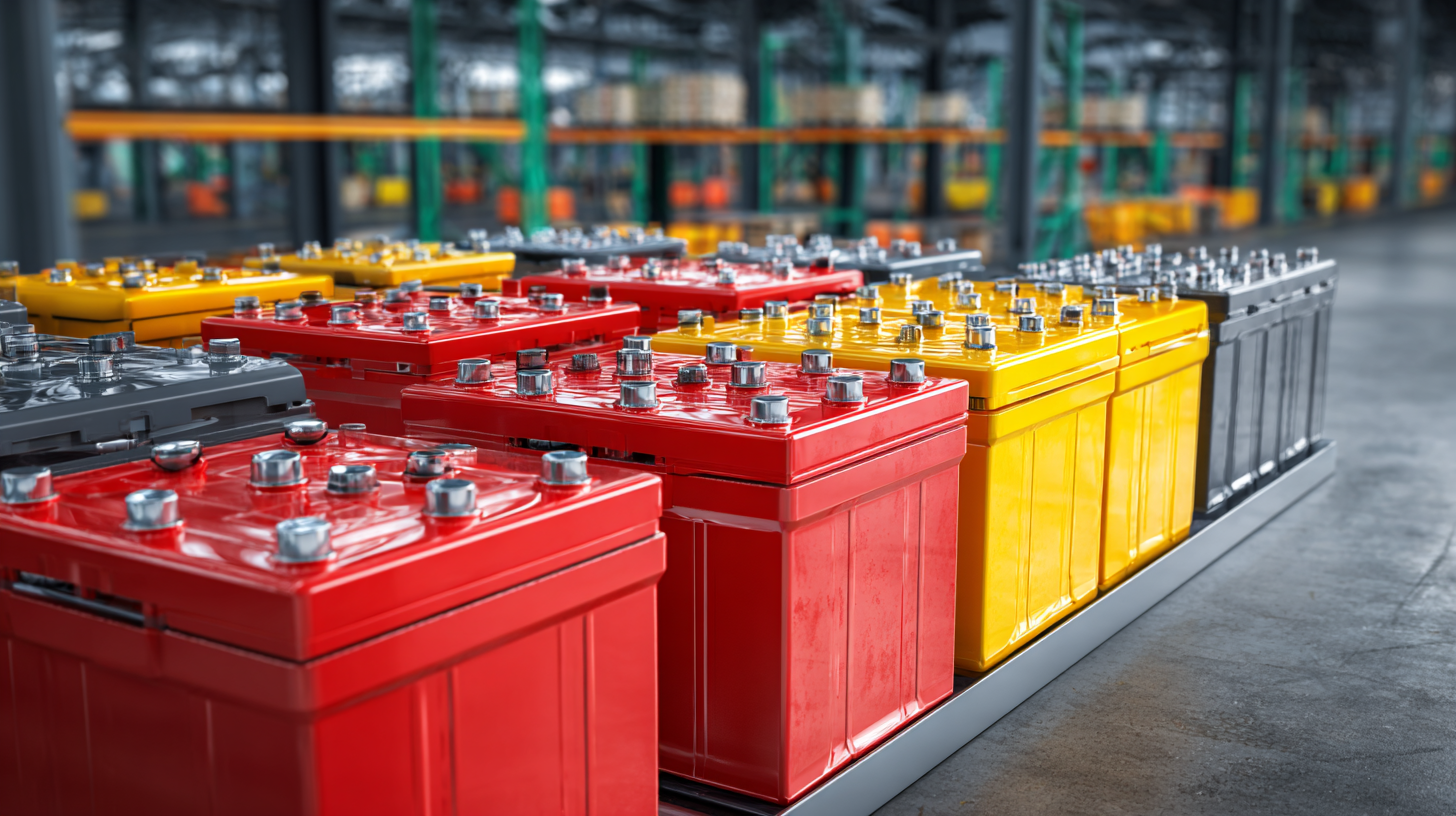
As exhibitors and attendees gather at the Canton Fair, their interactions will undoubtedly shape the future trajectory of large lithium ion battery technologies and applications, making it a critical event for understanding market dynamics and opportunities.
Market Overview of Large Lithium Ion Batteries at the Canton Fair 2025
The 138th Canton Fair in 2025 serves as a pivotal platform for showcasing the latest advancements in large lithium-ion batteries, reflecting the evolving dynamics of the market. This year, the fair highlights several key trends driving the demand for these batteries: the increasing shift towards renewable energy storage solutions, the surge in electric vehicle production, and the expanding applications in various industries, including consumer electronics and grid storage systems. Exhibitors are poised to demonstrate innovative technologies that enhance efficiency, reduce costs, and improve the lifecycle of lithium-ion batteries.
Market insights indicate a robust growth trajectory for large lithium-ion batteries, propelled by advancements in battery chemistry and manufacturing techniques. The fair brings together industry experts and stakeholders, facilitating discussions on the challenges and opportunities within the sector. With a focus on sustainability, many companies are exploring eco-friendly materials and recycling processes to mitigate the environmental impact of battery production. As the market progresses towards more sustainable practices, the Canton Fair 2025 is set to underscore the critical role of large lithium-ion batteries in shaping a cleaner energy future.
Key Players and Innovations in the Lithium Ion Battery Industry
At the upcoming 138th Canton Fair in 2025, the lithium-ion battery industry is set to showcase its latest innovations and key players that are shaping market trends. Companies like CATL, LG Energy Solution, and Panasonic are expected to present cutting-edge technologies that enhance energy efficiency, longevity, and safety of lithium-ion batteries. These advancements are crucial as the demand for high-capacity batteries escalates, driven by sectors such as electric vehicles, renewable energy storage, and consumer electronics.
Innovations in battery chemistry, such as solid-state technology and silicon anodes, are poised to lead discussions at the fair. These developments promise to deliver higher energy densities and faster charging times, addressing the growing consumer need for efficiency. Additionally, there is an increasing focus on sustainability, with many manufacturers exploring recycling technologies and sustainable sourcing of raw materials. The 138th Canton Fair will thus be a pivotal platform for industry stakeholders to network, discover new products, and formulate strategies to navigate the dynamic landscape of the lithium-ion battery market.
Market Trends for Large Lithium Ion Batteries (2025)
This chart illustrates the projected market demand for large lithium ion batteries from 2021 to 2025. The increasing demand reflects the growing applications in various sectors including electric vehicles and renewable energy storage, highlighting significant innovations in the lithium ion battery industry.
Analysis of Consumer Demand and Market Growth for Batteries
The analysis of consumer demand for large lithium-ion batteries indicates a robust growth trajectory in the upcoming years, particularly in light of advancements in technology and increasing environmental concerns. The global lithium battery electrolyte market is projected to surge from $881.27 million in 2025 to over $2.07409 billion by 2032, registering a substantial compound annual growth rate (CAGR) of 13.01%. This growth reflects the rising applicability of lithium-ion batteries across various sectors, including electric vehicles and renewable energy storage solutions, which are pivotal in meeting modern energy demands.
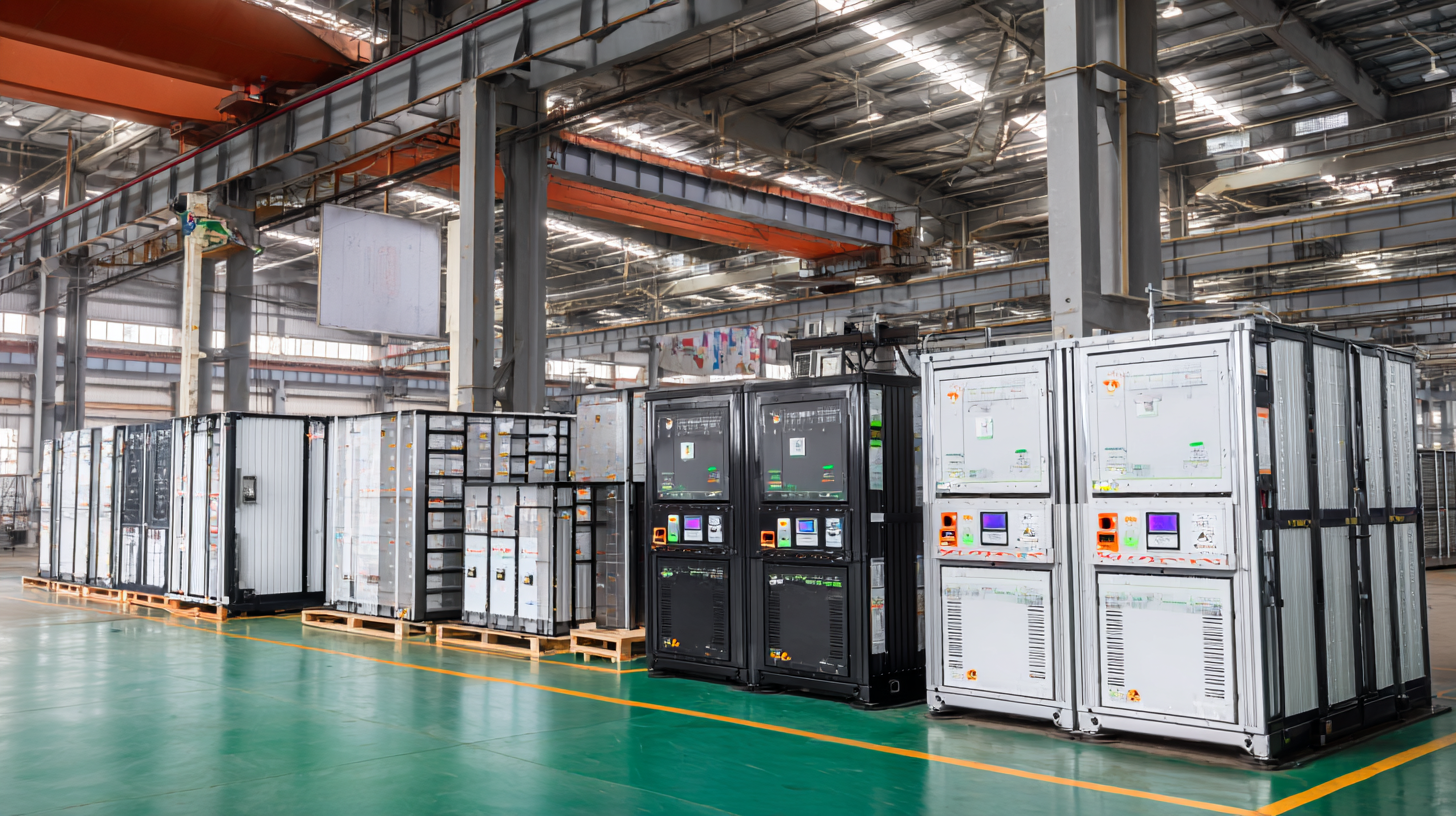
In parallel, the battery management system (BMS) market is expected to climb from $11.42 billion in 2024 to an impressive $46.94 billion by 2032, with a staggering CAGR of 19.32%. This growth is critical as efficient battery management becomes essential for maximizing performance and longevity in lithium-ion batteries. Moreover, the portable power station market is also witnessing an upward trend, anticipated to grow from $661.57 million in 2025 to a steady increase by 2032, illustrating the increasing consumer preference for reliable energy solutions in portable formats. Overall, the significant upward trends in these market segments underscore a clear and escalating consumer demand for advanced battery technologies.
Sustainability Trends in Lithium Ion Battery Production and Usage
As sustainability becomes a pressing global issue, the lithium-ion battery industry is undergoing significant transformations to meet eco-friendly standards. According to a recent report by the International Energy Agency (IEA), the demand for lithium-ion batteries is projected to grow by over 20% each year, propelled by electric vehicle (EV) adoption and renewable energy storage solutions. However, this growth comes with the responsibility of ensuring that the production processes and materials used are sustainable.
Sustainability trends in lithium-ion battery production focus on the entire lifecycle of battery components, from sourcing raw materials to end-of-life disposal. Research from BloombergNEF indicates that the recycling of lithium-ion batteries could supply up to 25% of battery-grade lithium by 2030, significantly reducing the need for virgin materials. Furthermore, advancements in battery chemistry, such as the development of solid-state batteries, are paving the way for less hazardous materials and reduced environmental impact. As seen at the 138th Canton Fair, industry players are increasingly showcasing innovations aimed at minimizing their carbon footprint, highlighting sustainability as a core principle in their business strategies.
Exploring Market Trends for Large Lithium Ion Batteries at the 138th Canton Fair 2025
| Year |
Global Market Size (USD Billion) |
Production Volume (GWh) |
Sustainability Index |
Carbon Emission Reduction (%) |
| 2023 |
40.5 |
150 |
75 |
20 |
| 2024 |
50.0 |
180 |
78 |
25 |
| 2025 |
60.0 |
220 |
80 |
30 |
| 2026 |
70.5 |
260 |
85 |
35 |
Future Prospects and Challenges for Lithium Ion Batteries in China
As the demand for energy storage solutions continues to surge, the future prospects of lithium-ion batteries (LIBs) in China appear promising yet fraught with challenges. According to a report by the International Energy Agency (IEA), the global market for lithium-ion batteries is expected to reach $100 billion by 2025, driven by the boom in electric vehicles (EVs) and renewable energy storage systems.
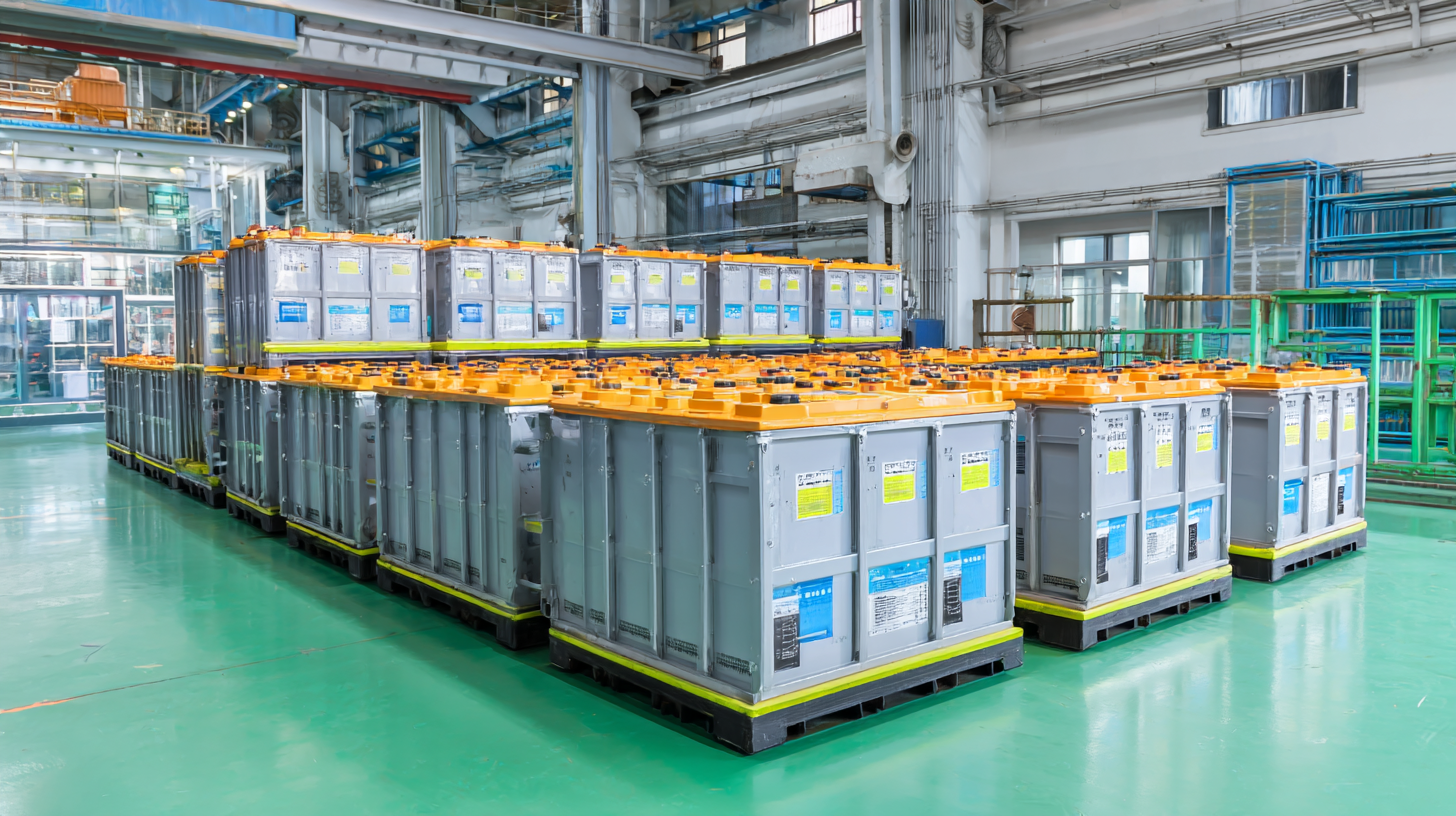 China, as the world's largest producer and consumer of lithium-ion batteries, will play a pivotal role in shaping this industry. In recent years, companies like CATL and BYD have been making significant advancements in battery technology, focusing on energy density and recycling capabilities to enhance sustainability.
China, as the world's largest producer and consumer of lithium-ion batteries, will play a pivotal role in shaping this industry. In recent years, companies like CATL and BYD have been making significant advancements in battery technology, focusing on energy density and recycling capabilities to enhance sustainability.
However, the lithium-ion battery market in China faces several critical hurdles. Raw material supply chains are under pressure, with lithium prices soaring by over 400% in the last two years, according to Benchmark Mineral Intelligence. Furthermore, the environmental impact of lithium extraction poses a significant challenge, prompting the need for improved manufacturing processes and recycling solutions.
Initiatives to increase the utilization of second-life batteries and enhance recycling efficiency are essential to ensure long-term sustainability.
Balancing technological advancement with environmental responsibility will be crucial for the future of lithium-ion batteries in China, particularly as regulatory policies become increasingly stringent.

